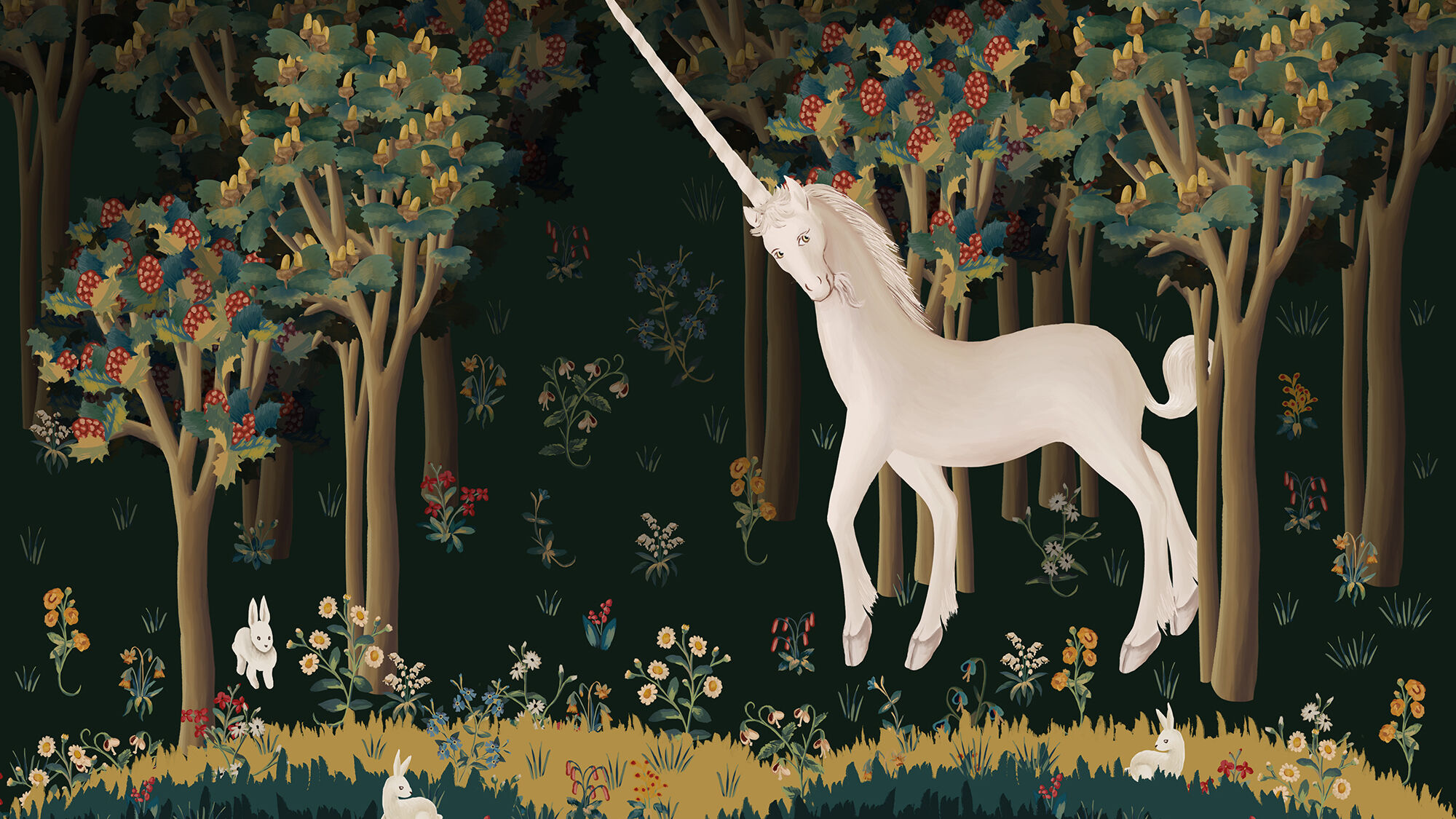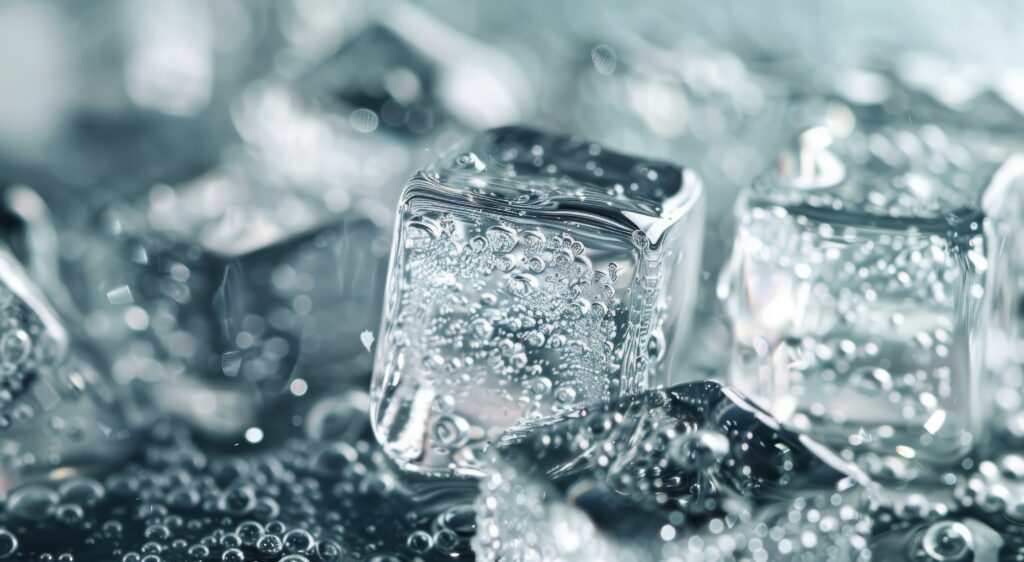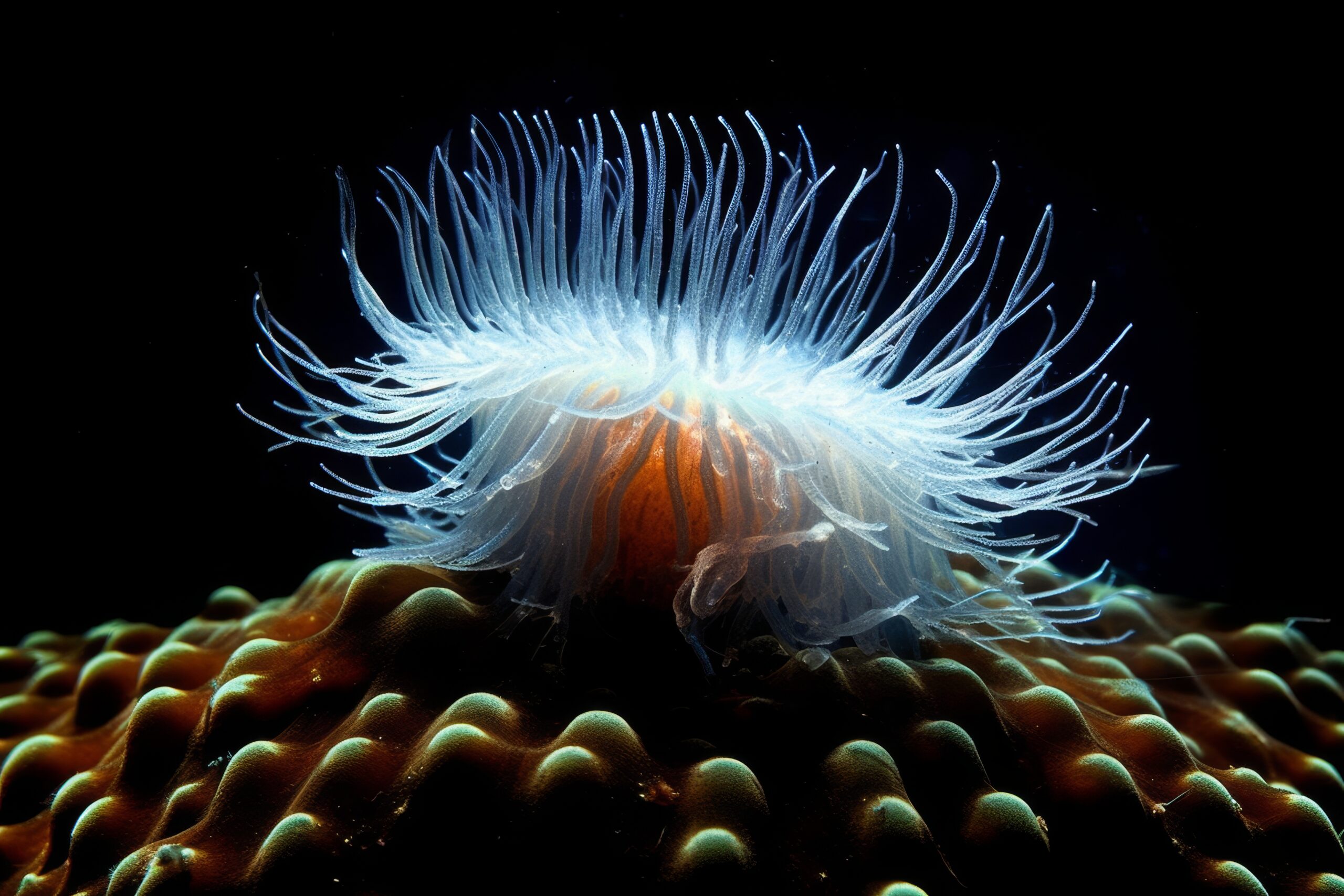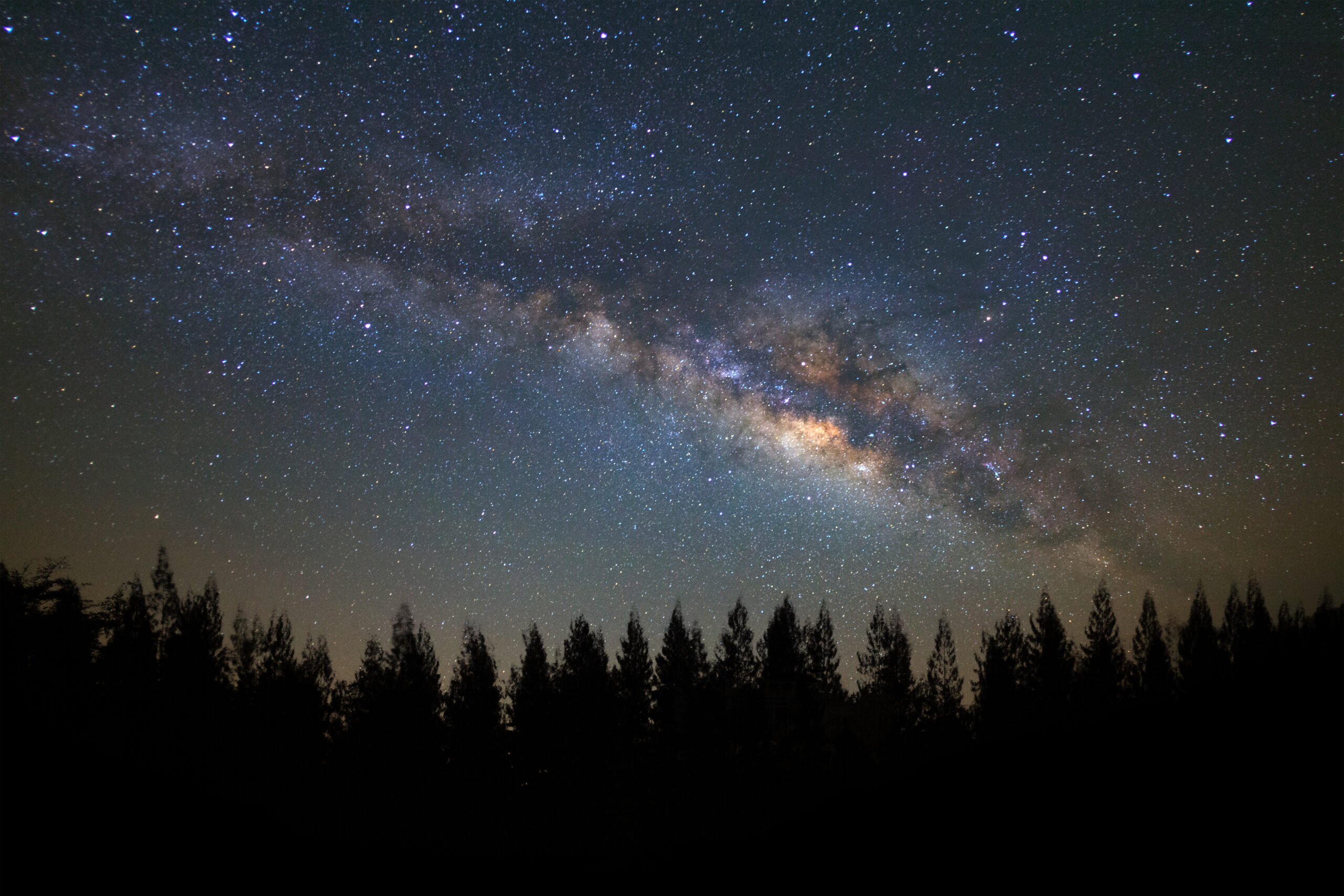
Surprise. Young shocked amazed redhead woman in stylish outfit covering mouth with both hands and being surprised, hearing unexpectable news from friend, isolated over blue background
Discover 10 mind-blowing facts you probably didn’t know! From octopuses with three hearts to Scotland’s national animal, these surprising truths will amaze you.
- Octopuses have three hearts

Octopuses have three hearts, a trait linked to their blue-colored blood. The two peripheral hearts send blood to the gills for oxygenation, while the central heart pumps the oxygen-rich blood throughout the body, supplying energy to their organs and muscles. - Unicorn is Scotland’s national animal

Yes, you read that correctly—Scotland’s national animal is the unicorn. This mythical creature has been cherished in Scottish culture for centuries. Unicorns have appeared in various civilizations, including ancient Babylon and the Indus Valley, dating back to classical times. With its horse-like body and a single spiraling horn, the unicorn symbolizes purity, innocence, and strength in Celtic mythology. According to legend, its horn possesses the extraordinary ability to purify poisoned water. - The shortest war in history lasted only 38 minutes

The shortest war in recorded history was the Anglo-Zanzibar War, which lasted only 38 to 45 minutes on August 27, 1896. The conflict occurred between the United Kingdom and the Sultanate of Zanzibar after the sudden death of Sultan Hamad bin Thuwaini, who was pro-British. His successor, Sultan Khalid bin Barghash, took power without British approval, prompting the British forces to issue an ultimatum for him to step down. When Khalid refused, the British navy bombarded the palace, quickly overpowering the Zanzibari forces. Within less than an hour, Khalid fled, and the British installed a new, more cooperative Sultan. This war remains the shortest in history due to its rapid resolution. - You can’t hum while holding your nose

Person Stock photos by Vecteezy
Try it! Humming requires air to escape through your nose, and blocking it makes it impossible. Your vocal cords may vibrate, but without airflow, the sound is cut off. This is why humming feels different from regular singing, which allows air to pass through your mouth. - Water can boil and freeze at the same time.

Beverage Stock photos by Vecteezy
This is called the triple point, a state where temperature and pressure allow a substance to coexist in all three states—solid, liquid, and gas—simultaneously. - There’s a species of jellyfish that is biologically immortal

Sea Anemone Stock photos by Vecteezy
Won’t you like to live forever? Well…you can if you are a certain kind of jellyfish. Turritopsis dohrnii can revert to its juvenile form after becoming an adult, allowing it to restart its life cycle indefinitely. - There are more trees on Earth than stars in the Milky Way
 . Sky Stock photos by Vecteezy
. Sky Stock photos by Vecteezy
It may seem unbelievable, but Earth has far more trees than the number of stars in the Milky Way galaxy. While estimates suggest there are between 100 billion and 400 billion stars in our galaxy, scientists have calculated that Earth is home to around 3 trillion trees—nearly 10 times more than the highest estimate of stars in the Milky Way. - Babies have more bones than adults

Baby Stock photos by Vecteezy
You may have heard that the human body has 206 bones, and that’s true—but did you know that babies are actually born with more? At birth, a baby has around 300 bones, many of which gradually fuse as they grow, eventually forming the 206 bones found in adults. Some of these bones are entirely composed of a flexible tissue called cartilage, while others contain a mix of cartilage and bone. - There’s a planet where it rains molten glass sideways at 8,690 kmph
 Molten Glass Stock photos by Vecteezy
Molten Glass Stock photos by Vecteezy
HD 189733b is one of the most extreme exoplanets ever discovered, with winds reaching a staggering 8,700 km/h—faster than the speed of sound. These hurricane-like storms don’t just carry dust or rain but molten glass, which falls sideways due to the sheer force of the wind. The planet’s proximity to its star superheats its atmosphere, creating deadly temperature contrasts that fuel these violent storms. Its deep blue color may seem beautiful, but the reality is a hellish world where survival is impossible. If a human ever set foot here, they would be shredded instantly by the razor-sharp glass particles flying at supersonic speeds. - Goosebumps are a leftover survival trait from our ancestors

Creepy Stock photos by Vecteezy
Did you get goosebumps after reading this fact? Well, goosebumps are a leftover survival trait from our ancestors, dating back to when humans had much more body hair. When an animal or early human faced cold temperatures or danger, the tiny muscles at the base of each hair would contract, making the hair stand up. This helped trap heat to keep warm or made them look larger and more intimidating to predators. While modern humans have far less body hair, the reflex remains, causing our skin to form tiny bumps in response to cold, fear, or strong emotions.




2 thoughts on “10 Amazing Facts You Probably Didn’t Know”